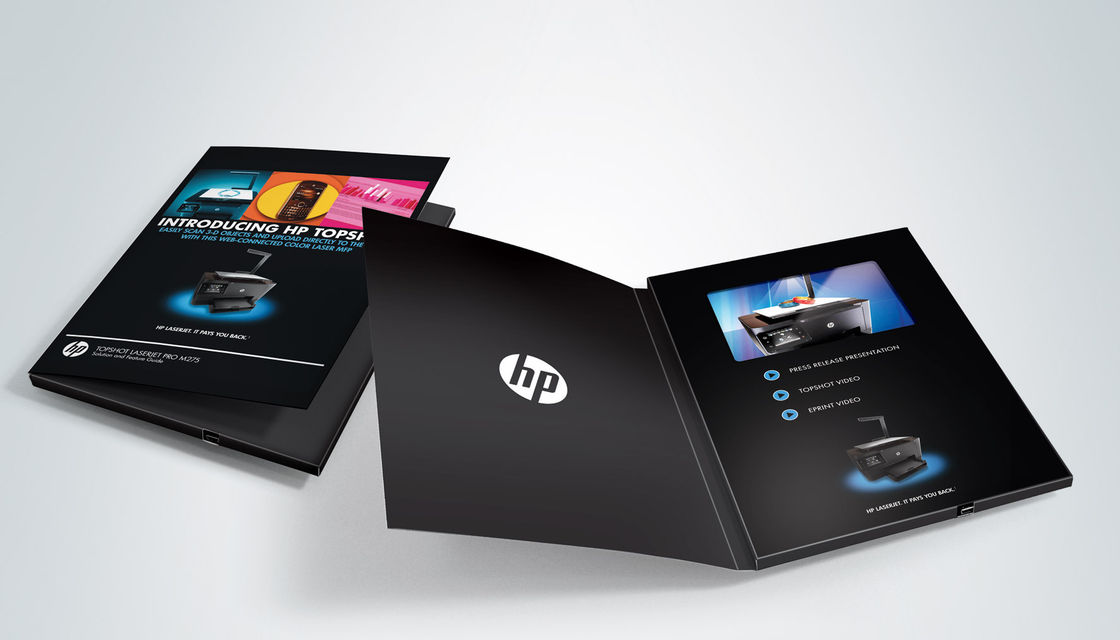Making Digital Signage Greener

- There’s a trend in retail digital signage these days that I call “disposable digital signage.” It’s not very eco-friendly I’m afraid. I’m sure you’ve noticed those little 7-inch screens on the shelf edge that might even have a “blinking red button” or motion detector to play a pre-canned video. These are not connected screens, but it is a retail digital screen nonetheless.
Outform Display in ASDA Store
Often times, these small displays are put in for a specific product promotion and are thrown away with the rest of the cardboard in that display when the promotion is over (usually three months or less). The cost to recover those screens, replace the batteries, update the content and send them back out for the next month’s promotion exceeds the cost of the unit itself. So I’m afraid there is a big landfill somewhere with thousands of these little Chinese screens. And I don’t even want to talk about the environmental aspects of the batteries.
Digital is just a small part of the disposable nature of “displays at retail.” Every time there is a new product introduction, there is a product display created for in-store. The new fall lineup? Yes, there’s a whole industry making those wonderful in-store displays. Some are permanent, but many are seasonal and temporary and head straight to the dumpster afterwards.
The famous retailer John Wannamaker once said, “Half the money I spend on advertising is wasted; the trouble is, I don't know which half.” Truth be told, about 50% of in-store displays are either never put up, go straight to the trash because they were damaged in transit, or the wrong shape or size for a given store. This has been going on for years and I see no end to it.
Retailers are accustomed to this process for many of their promotional materials and consumers encourage this behavior when a given in-store display makes the new product “fly off the shelf.” It is just that “digital” got caught up in the same age-old behavioral pattern.
Unfortunately, this activity is not limited to in-store displays. You may have seen similar little screens as “digital brochures,” and I’ve even seen screens show up in magazines. Open the cover and a video starts playing. Again, these use the same very inexpensive technology, and sad to say it’s also a throwaway.

A Digital Brochure
For regular permanently installed “networked digital signage,” most LCD manufacturers have switched from CCFT backlights (cold cathode fluorescent tube) to LED backlights, which consume less power. This change has even allowed some screens to be powered over an Ethernet wire (eliminating the “wall wart” AC adaptor). Having a typical screen consume less energy is beneficial, but at the same time there has been a rise in the use of both LCD and LED video walls. A most recent example is the new Westfield Mall property at the site of the World Trade Center (The Oculus). There are absolutely stunning and jaw dropping LED video walls liberally scattered around this property. While they are not low power by any means, they sure do get your attention. And did I mention that they were all framed and accurately synced together? It’s quite an amazing immersive experience. I tip my hat to the folks at ANC (http://www.anc.com) for an amazing job.
A daily selection of the top stories for AV integrators, resellers and consultants. Sign up below.
The big win ECO-wise for digital signage is that you’re not killing trees or tossing big vinyl posters into landfills as we’ve been doing for years in printed signage world. It’s even worse in the outdoor billboard space. Switching to LED boards on the side of the highways not only is a higher revenue product for the outdoor industry, but it also dramatically reduces the “trashing” of tons of vinyl printed billboards each year that have no good recycling solution. At a recent OAAA show, they used old vinyl billboards to make the tote bags for the show. During Hurricane Katrina, OAAA members donated a large number of old vinyl billboards to act as tarps on people’s homes that were affected by the hurricane. At least some good came out of this before they headed to the landfill.
Author Jeff Porter and Thomas Kunka of the University of Illinois, will jointly lead the webinar on this topic when DigitalSignageConnection.com presents its 30-minute webinar on Thursday, November 3 from 2:00-2:30pm EDT. Jeff and Thomas are both members of the Digital Signage Expo Advisory Board, which addressed the question of making digital signage greener last August. Other answers can be viewed at http://www.digitalsignageconnection.com/ask-board-going-greener

Author Jeff Porter
Jeff Porter can be contacted at jeff@porterdigitalsignage.com
